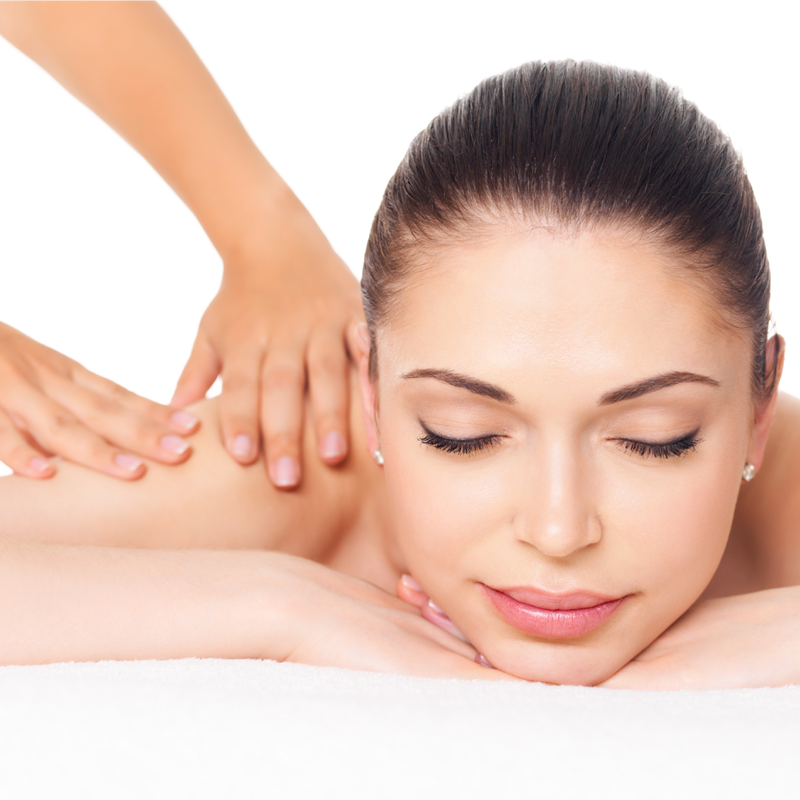
Anti-cellulite massage
Anti-cellulite massage is one of the most effective methods for getting rid of cellulite.
However, to see its effects, you need to be regular. What type of anti-cellulite massage will be best for you? How to perform it?
Dynamic movements have a modeling effect, that is, breaking up the abnormally distributed fatty tissue, which we call cellulite. Anti-cellulite massage also has health-promoting effects, as it aids the removal of toxins and other metabolic products lingering under the skin.
Cellulite and what is it?
Cellulite is a change in the subcutaneous connective tissue consisting of an abnormal, lumpy distribution of fat. Its visible effect is the so-called orange peel and characteristic dimples and hills on the surface of the skin. Cellulite occurs most often on the thighs, buttocks, hips and abdomen. The causes of cellulite can be both lifestyle and genetic. On the one hand, unhealthy diet and sedentary work are behind it, and on the other, abnormal circulation or hormonal disorders.
Action
- Improve blood circulation in the subcutaneous fat layer,
- stimulation of the work of the lymphatic system,
- increase the firmness of the skin.
Effects
- Smoothing the skin and reducing the appearance of cellulite,
- this treatment breaks up subcutaneous fat lumps, which are then excreted through metabolic processes,
- the skin is stimulated to produce elastin and collagen, making it firmer and visibly rejuvenated, and scars disappear faster,
- stimulates circulation, so it helps heal swelling and injuries,
- assists in the removal of toxins and other unnecessary products of metabolism accumulated in the skin,
- cells become oxygenated, which generally strengthens the circulatory and lymphatic systems.
Contraindications
- high body temperature (>38°C),
- inflammatory conditions,
- hypertension (not pharmacologically balanced),
- atherosclerosis,
- skin diseases,
- abrasions on the skin,
- interrupted skin continuity,
- malignant disease,
- hemorrhages or the possibility of their occurrence,
- hemophilia,
- large varicose veins, thromboses and phlebitis,
- acute and subacute inflammation of the pelvic organs,
- early post-traumatic conditions (fractures, sprains, dislocations, rupture of tendons, muscles),
- pregnancy and menstruation.

